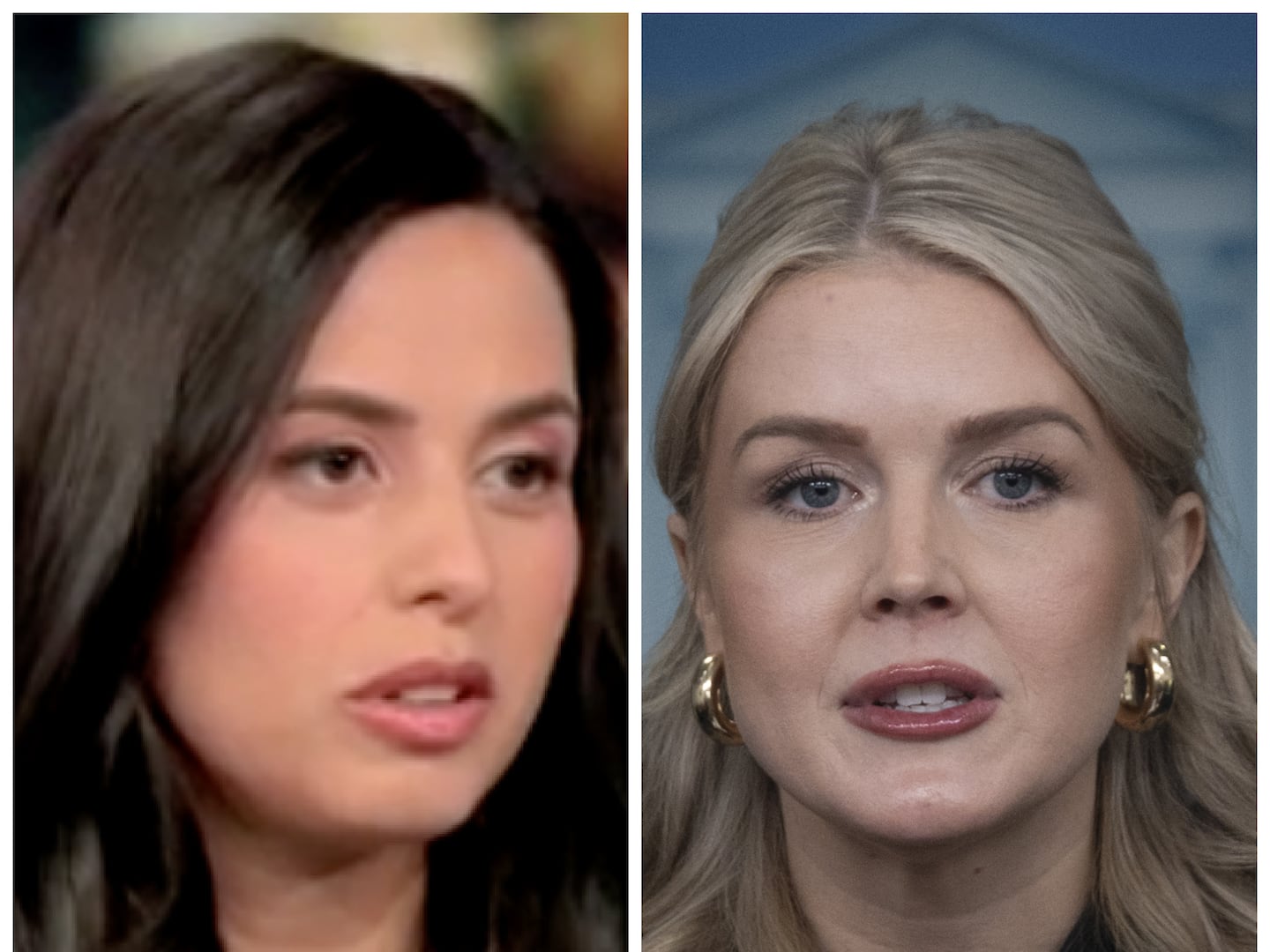Documentaries exploring the intersection of capitalism, branding, social media, and identity are about a dime a dozen these days, each regurgitating information you read in a New York magazine article a few years ago and insisting that we, as a society, are all victims—or at least targets—of some type of scam. Likewise, the beats, characters, and devices within these movies and programs have become extremely predictable. And you can expect little to no experimentation with form. No matter what the subject or who’s doing the scamming, these exposés all usually culminate in the clichéd, overarching message that nothing being sold to you is exactly what it seems.
Thus, a new four-part docuseries arriving on HBO Max today, from Amy Ziering and Kirby Dick (Allen v. Farrow), called Not So Pretty is built on that exact premise. Touting itself as the “first-ever comprehensive large-scale investigative exposé of the trillion-dollar beauty industry,” the series sets out to uncover the “hidden” dark side of the beauty industry in a little over two hours, dedicating about 30 minutes each to a broad facet of beauty, including hair, nails, skin care, and makeup.
Given the time allotment, the comprehensive-ness of the project automatically seems unfeasible. There are many directions to go in with this particular assignment. And for the most part, Not So Pretty focuses on illuminating the toxic chemicals commonly found in certain beauty products and their potential medical consequences. However, the compact (no pun intended), abridged nature of the series makes it hard to trust that we’re getting a full, adequately contextualized portrait of the health risks the documentary tries to shed light on, despite the scientific legitimacy of the claims presented. It more so seems designed to spark curiosity and skepticism among people who had never googled the ingredients on a nail polish bottle or weren’t aware of how unregulated the hair care industry is or that baby powder contains talc.
Narrated by the wonderfully animated Keke Palmer, who saves much of the series from being a snooze, the episodes expand on information previously uncovered in ongoing lawsuits brought against major companies like Johnson & Johnson and DevaCurl, and coinciding research about dangerous and sometimes surprising ingredients like formaldehyde, endocrine-disrupting chemicals, and asbestos. The first two episodes, exploring hair and nail products respectively, are the most well-executed, tying these introductory science lessons to more accessible and emotionally compelling social issues and illuminating the ways certain underrepresented groups are targeted by the business.
“Hair,” for instance, captures the growing backlash against the prominent hair-care line DevaCurl, which is primarily marketed toward women, often minorities, with curly hair. Hair influencers and stylists began noticing an array of symptoms including significant hair loss, rashes, scalp irritation, tinnitus, period complications, and migraines after using the company's products regularly and began creating forums online to discuss their experiences, ultimately bringing a class-action lawsuit against the company that resulted in a $5.2 million settlement last year. The most compelling portions of the episodes are the emotional talking-head interviews with DevaCurl consumers and influencers, mostly Black and brown women, who detail their complicated relationship to their textured locks, their treatment in the workplace, and how the brand repeatedly ignored their cries for help.
“Nails” similarly explores how the convergence of race, gender and class informs how the health concerns of Asian women working in nail salons have been historically neglected. For example, the doc mentions a recent study out of the University of Colorado which found that salon workers spending eight hours a day or longer around nail polishes and similar products experience the same (or more) exposure to volatile organic compounds—which increase risks for respiratory problems and cancer—as people working in oil refineries and auto garages. Still, the research around this particular work environment is relatively scarce compared to, say, coal mines and factories.
At times, the wide range of diseases and complications discussed throughout the docuseries without disclosing any numbers to put these risks into perspective can appear like another case of gotcha journalism commonly found in health documentaries with some larger agenda. There’s a lot of talk of the possibility of certain medical conditions and testimonials from people who suffered them without mention of how likely it is to happen to the viewer.
Other “eye-opening” moments read like the producers simply creating panic bait. For instance, there’s a scene in the “Makeup” episode where a woman named Corrin Ortillo, who tells a story about how she was diagnosed with mesothelioma from asbestos found in her makeup, films herself in a makeup store looking at the ingredient labels on undisclosed brands and revealing that all of them contain talc, which can be contaminated with asbestos. Another episode focuses on a man who lost all of his sperm as a result of endocrine disruptors found in skin-care products. The last five minutes of each episode, featuring Do’s and Don’t’s when shopping for beauty products—and ads for certain beauty apps—attempts to ward off any fears you built up over 25 minutes and assure you that there are still plenty of safe ways to consume beauty products. Still, what you’re supposed to take away from the series as a consumer can be confusing and overwhelming at times.

A scene from HBO Max's Not So Pretty
HBO MaxOverall, Not So Pretty is neither a groundbreaking piece of journalism or art and only really excels when underscoring the predatory nature of the beauty industry on women of color or the way their health has been systematically ignored. The rest feels like an entry-level chemistry course that could only be wholly understood or properly contextualized with further research. Ultimately, where you are in your beauty education and how skeptical you are about the way information is generally presented in documentaries will determine your viewing experience.







